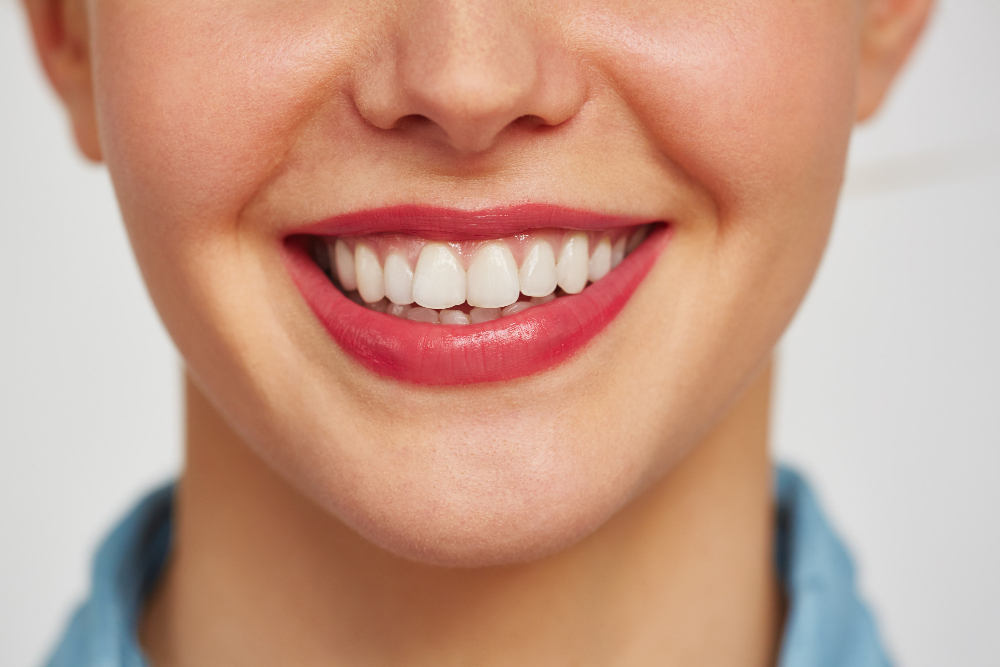Gum recession is a common dental problem that occurs when the gums pull away from the teeth, leaving the roots exposed. This can lead to tooth sensitivity, decay, and even tooth loss. Gum recession surgery is a procedure that can help repair the damage caused by gum recession. In this article, we'll explore the different types of gum recession surgery, what to expect during and after the procedure, and how to care for your gums post-surgery.
What is gum recession surgery?
Gum recession surgery is a procedure that aims to repair the damage caused by gum recession. There are several different types of gum recession surgery, including:
1. Gum graft surgery
Gum graft surgery involves taking tissue from another part of your mouth, such as the roof of your mouth, and using it to cover the exposed roots of your teeth. This can help prevent further gum recession and protect your teeth from decay.
2. Pocket depth reduction
Pocket depth reduction involves removing the bacteria and plaque that have accumulated in the pockets formed by gum recession. This can help prevent further damage to the gums and teeth.
3. Regeneration
Regeneration involves using a special membrane to encourage the growth of new gum tissue and bone. This can help reverse the damage caused by gum recession and prevent further recession from occurring.
What to expect during gum recession surgery
Before the procedure, your dentist will perform a thorough examination of your mouth to determine the extent of the damage and which type of surgery is most appropriate for you. They may also take X-rays to get a better look at the roots of your teeth.
On the day of the procedure, you'll be given a local anesthetic to numb the area around your teeth and gums. Your dentist will then perform the necessary surgery, whether it's gum graft surgery, pocket depth reduction, or regeneration.
After the procedure, you'll need to rest for a few hours and avoid eating or drinking until the anesthesia wears off. Your dentist will provide you with specific instructions on how to care for your gums post-surgery, including what to eat, how to brush and floss, and when to come back for a follow-up appointment.
Recovery and aftercare
Recovering from gum recession surgery can take anywhere from a few days to a few weeks, depending on the type of surgery you had. During this time, it's important to take good care of your gums to ensure they heal properly.
Some tips for aftercare include:
- Avoiding hot or spicy foods for the first few days
- Eating soft foods that won't irritate your gums
- Brushing and flossing gently around the surgical site
- Using a special mouthwash to help reduce bacteria
- Applying an ice pack to your face to reduce swelling
It's also important to attend all follow-up appointments with your dentist to ensure your gums are healing properly and to address any concerns or complications that may arise.
Conclusion
Gum recession surgery can be an effective way to repair the damage caused by gum recession and prevent further damage to your teeth and gums. By understanding the different types of gum recession surgery and what to expect during and after the procedure, you can make an informed decision about whether this type of surgery is right for you.
FAQs
- Is gum recession surgery painful?
- You'll be given a local anesthetic to numb the area around your teeth and gums, so you shouldn't feel any pain during the procedure. However, you may experience some discomfort and swelling in the days following the surgery.
- How long does it take to recover from gum recession surgery?
- Recovery time can vary depending on the type of surgery you had, but it generally takes anywhere from a few days to a few weeks





Comments